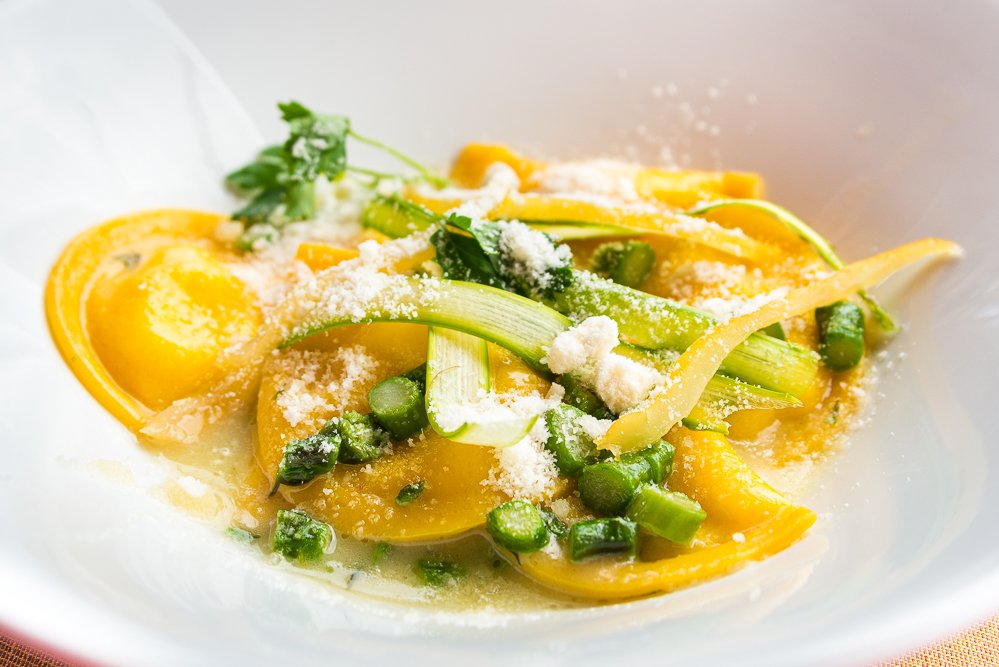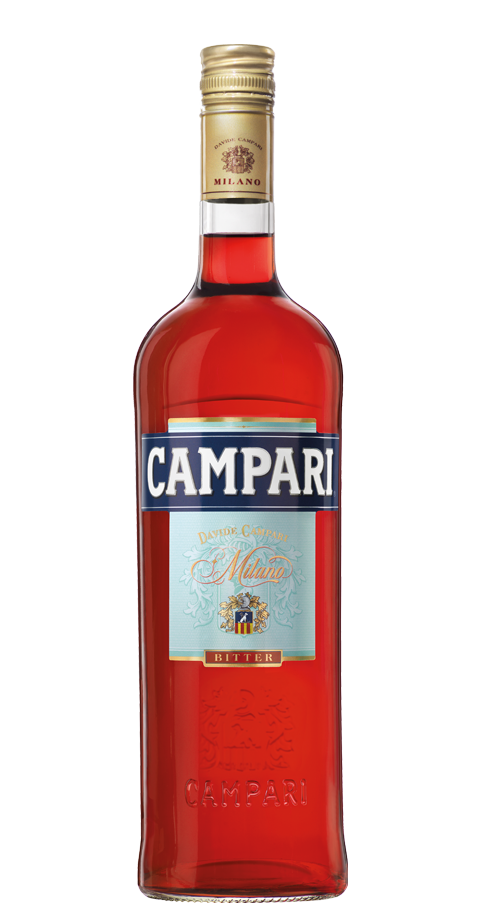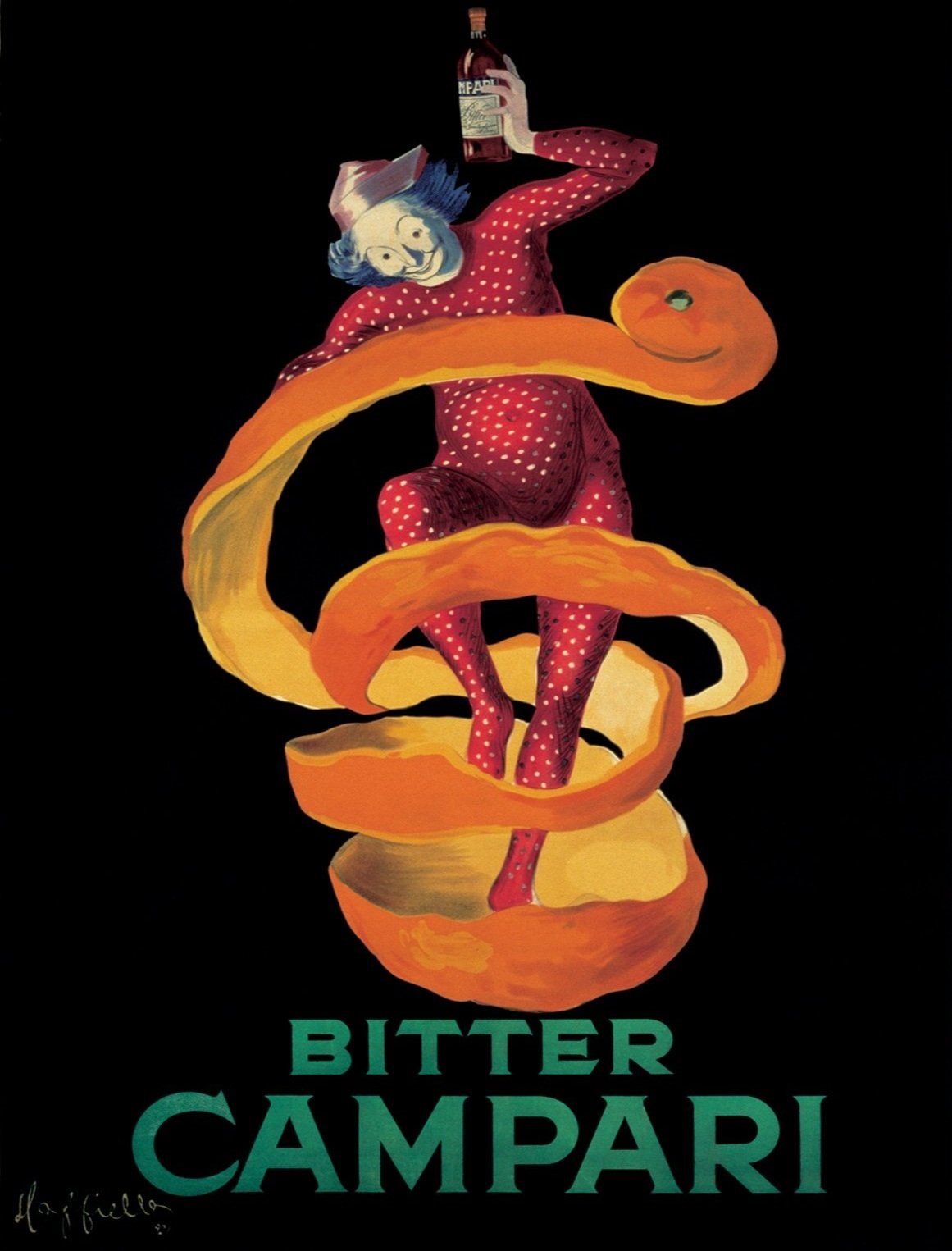In the two previous articles about ‘Eating in Italy’, we’ve learned about the apertivo and the antipasto. Today, we delve into the official first course, or the primi (it seems that primo means ‘first’, and its plural primi means ‘first courses’).
In the US, we go from from appetizer (antipasto), to a salad perhaps, to our entrée. In Italy, the entrée is divided into two parts: the primi, and the secondi. So, we are definitely ready to dig into the heart of the Italian meal.
“...to the right, you see primi which we have personally eaten, sung praises about, and pledged our undying love.”
While primi may include zuppa and minestre (soups), today it is primarily pasta…though a risotto is often found in the primi category. You will see actual menu items below with each of these categories represented.
And, to the right, you see primi which we have personally eaten, sung praises about, and pledged our undying love. Some of the primi are simple…some are elegant…but all are (or at least ‘were’) scrumptious!
I know you’ve heard of pasta, and, a few months ago I took a deep dive into pasta in the article titled, “Pasta, Pasta, Pasta”. As the primi is so pasta-centric, you may want to go back to refresh your memory on this subject.
Pre-Made, or House-Made?
Pasta secca (dried pasta) can be found on many Italian menus in the primi course. This is because not all osteria, trattoria or ristorante have the pasta machines with the dies necessary to extrude hollow shapes like bucatini, maccheroni or penne pastas. So, these may very well be purchased in a dry form by the establishment.
However, if we are going to dine on tagliatelle, tortellini, ravioli, pappardelle, cannelloni, gnocchi, or lasagne, it may as well, and probably will be, house-made fresh as pasta fresca…and they may proudly proclaim that a pasta is house made. And then for variation, there’s pasta made with egg, or just the yoke. And pasta made with just water and no egg. And the flour might be semolina, refined flour, or some specialty flour that is ground very fine. Yadda, yadda, yadda. The list of possibilities is not endless, but it’s a long list.
But, here’s the thing…don’t worry about any of that…you are going to be ordering something scrumptious off the menu’s primi section that will be fabulous. It’s not like you’re going to be crafting the pasta yourself. And, like with meats, it’s not necessary to understand how that meat got from farm to plate…we just don’t need that much information, do we? So, just eat it, ok. Take you time. Savor it. Ahhh. You’re in Italy…things are slower and tastier there.
I love this Jim Gaffigan routine…
Straight Man: “Do you know what they’ve done to that chicken?!”
Jim Gaffigan: “No, but it’s delicious”.
Right from the Menu!
It seems to me that the best way to describe what primi might exist on an Italian menu is to go to actual menus, whether it be an osteria, trattoria, or ristorante within Italy.
Below, you will see a long list of right-off-the-menu primi from places that we’ve eaten, and have written about in previous articles.
If you spend a bit of time perusing these menu items: 1) you will work up an appetite; 2) you will see items that just don’t land on the menu of an Italian restaurant outside Italy; and 3) you will see words that are not in our vocabulary. And for some, you will see from whence they hail, like the very first pasta listed.
Pasta e Ravioli
Egg pasta of the Piedmontese tradition, strictly homemade together with meat sauce or with butter and sage.
Homemade Tajarin long pasta in white meats ragu sauce / or with mountain butter and 40 months aged Parmigiano Reggiano
Homemade ravioli pasta with mountain butter and 36 months aged Parmigiano Reggiano / or in roasts gravy sauce
Bossolasco's Spaghetti alla chitarra, clams and Piedmont hazelnut flavored with lemon
Strictly homemade egg pasta with one of the oldest cereals in the world, perfectly married with our ragù
Small agnolotti typical of the Langhe — closed directly by our "plin" (pinch).
Spaghetti "Busara" with scampi
See bass ravioli and small ratatouille
Homemade noodles with basil and cherry tomatoes prawns and pine nuts
Spaghetti with Italian clams
Homemade “tagliolini” with duck ragout and orange zest
Spaghetti with garlic, extra Virgin olive oil, chili and red prawns
Ravioli filled with herbs and Parmesan fondue, mushrooms stock
Tagliatelle Bolognese
Tagliarelle Amatriciana
Green tagliarelle with pesto sauce
Pappardelle with ragù
Pappardelle kamut with saffron and bacon
Veal cannelloni Cheese and spinaci ravioli
Pappardelle pasta with oysters, Iranian saffron and smoked ham
Homemade Ravioli with Morlacco Cheese with broccoli cream sauce and sea scallops
Brown bigoli pasta with sardines and onions sauce
Lasagnette with Pierina's traditional ragu sauce
Tortelli pasta with a seasonal filling
Mezzi paccheri of Gragnano (short pasta) made with genovese of grandma Gemma
Home-made scialatielli pasta with clams, leeks and baked tomatoes
Ravioli filled with goat cheese, and with “datterino” tomatoes and basil
Gnocchi served together with one of the most renowned and famous Piedmontese aromatic cheeses.
Paccheri (short pasta) stuffed with burrata cheese and black truffle with “scungilli” sauce (the word “scungilli” is the Neapolitan dialect word for conch) [see photo below]
Zucca (Soup)
Seasonal vegetable soup, served hot with croutons.
Cream of spelt and beans soup served with salt cod timbale
Risotto
Risotto with saffron, white onions stock, red chicory [radicchio] and bottarga
Scampi and finferli mushrooms risotto
Cipriani risotto
Risotto with fennel and shrimp tartar with lime parfume
Rice with red prawns cooked and raw with “sfusato amalfitano lemon”
As you can see, in the real world of Italian dining, the primi is heavy on pastas, and lighter on soups and risotto.
And, when you don’t understand a word or two in a primi description, ask your server, they will be happy to explain.
Photo from the Da Gemma website
The last item in the Pasta category is “Paccheri (short pasta) stuffed with burrata cheese and black truffle with “scungilli” sauce (the word “scungilli” is the Neapolitan dialect word for conch)” - these words are taken right from the menu.
This is an item on the Da Gemma menu, which I wrote about last June. And yes, it is a ‘gem’ of a trattoria. You can relive the article HERE.
I just wanted you to see a delectable primi, that’s all.
See Them Make Their Own!
I’m sure that you will fall in love with these pasta-grannies (and there are a few pasta-grampies thrown in, also).
I know that this does not relate to dining out in Italy, but these women (and a couple of men) really know how to make a primi.
At last count, there are over 365 YouTube videos of very charming grandmothers throughout Italy who have kept alive the tradition of making pasta at home. And, it’s not just one type of pasta, but many. And there are pasta shapes and sizes of which you have never heard, I’m sure. Possibly folks in the next town haven’t even heard of them!
Check out a few of these short videos, I’m thinking that you’ll be glad you did. You will see their pasta boards, their long, long rolling pins, their shaping techniques, and their pleasure in tasting their creations.
Just click on the image, and enjoy. And, there is no language barrier, as you will have subtitles to explain their process.
In Memoriam
I’m sad to say that the oldest Pasta Grannie, 102 year old signora Concetta, died on 27 January, 2022.
Her life and pasta will be missed by many in her small village, but her spirit and pasta-making expertise will live on, as she has passed it on to several generations. Yes, even to you.
She was preceded in death 10 days earlier, by her lifelong friend, 102 year old Biagio.
To live so long, and to have life-long friends with you on her journey…God has truly blessed this woman…and those around her.
Please take a moment to see this beautiful woman making her pasta by clicking on her photo. [unmute the video if necessary]
Addio Concetta e Biagio.
I hope you have enjoyed your primi course today. In my next installment of Eating in Italy, we’ll dive into the secondi. And, it you missed the introductory article on the meal courses while dining in Italy, you can check it out here.
My sincere desire is that you and I will one day be sitting in a small Italian trattoria enjoying our primi along with a glass of wonderful Italian wine. But, until then, I say…
Ciao for now,
Steve
If you have not subscribed to my Italy, Our Italy articles, please do so now
For a closer look at these primi, click the first image






































